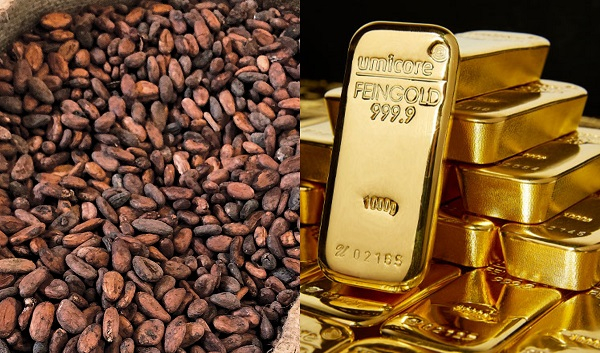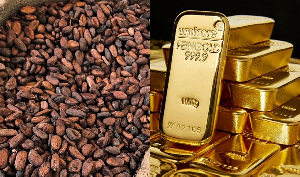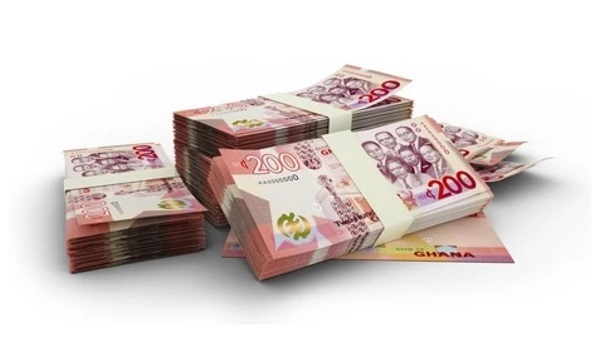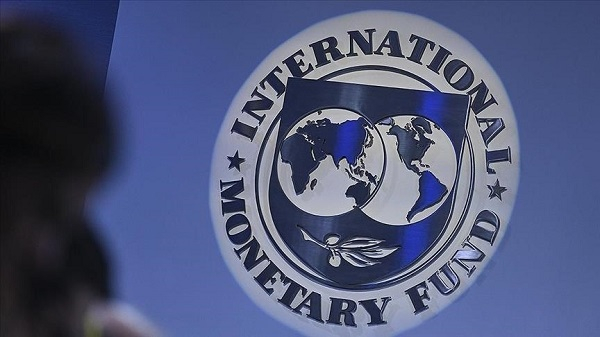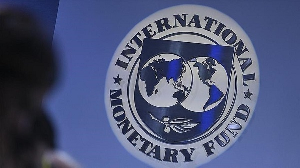The President of the Ghana Chamber of Mines, Michael Edem Akafia Esq, has reiterated that his outfit is poised for another year of robust growth in 2025, with gold production projected to reach between 4.4 million and 5.1 million ounces.
The chamber attributes this to increased output from Newmont’s Ahafo South Mine and Shandong’s Namdini Mine, despite expected declines from some major producers.
He made this statement while presenting the Chamber’s annual report for 2024. The gathering not only affords the chamber the opportunity to reflect on the state of their industry, but also to reaffirm their commitment to advancing the socio-economic transformation of the country through sustainable mineral development.
“We project gold output to range between 4.4 and 5.1 million ounces, buoyed by increased contributions from Newmont’s Ahafo South Mine and Shandong’s Namdini Mine,” he revealed.
According to Mr. Akafia, Ghana’s mineral output is projected to rise, with manganese and bauxite reaching 8m and 2m tonnes, and diamonds 400,000 carats, but gold declines may offset gains.
“Manganese and bauxite outputs are expected to rise to 8 million tonnes and 2 million tonnes respectively, while diamond production could reach up to 400,000 carats. However, anticipated declines in output from Perseus’ Edikan Mine, Gold Fields’ Damang and Tarkwa Mines, and Zijin’s Akyem Mine are expected to affect the overall gains in the Chamber’s total production,” he mentioned.
“On the other hand, production outlook for the small-scale gold sector remains uncertain, due to the government’s ongoing reorganisation of the Precious Minerals Marketing Company (PMMC) into the Ghana Gold Board (GoldBod),” he added.
He stressed that the expanded mandate of the new entity, which includes the determination of local gold prices, introduces policy and market dynamics that could significantly influence output in the sub-sector.
Given the sub-sector’s well-established sensitivity to price movements, even marginal shifts in pricing mechanisms may have notable implications for official production volumes.
Speaking on fiscal revenue contribution, Mr. Akafia reported that the mining sector’s fiscal payments rose 51.2% to GH¢17.7 billion in 2024, accounting for 24.3% of direct domestic taxes and 9.5% of total government revenue.
“Our sector contributed GH¢17.7 billion in fiscal payments to the government in 2024, a 51.2% increase from GH¢11.7 billion over the previous year. This accounted for 24.3% of direct domestic taxes and 9.5% of total government revenue. Notably, dividends paid to the state surged by over 600% to GH¢1.03 billion,” he mentioned.
He added that this growth translated into a rise in the mining sector’s share of direct domestic taxes from 22.7% in 2023 to 24.3% in 2024. Similarly, its contribution to domestic revenue increased from 8.8% to 9.6%, while its share of total government revenue rose from 8.6% to 9.5% over the same period.
Mr. Akafia noted that “mineral royalties paid by the mining sector increased from GH¢2.8 billion in 2023 to GH¢4.9 billion in 2024. The 76.7% growth in royalty payments closely reflected the expansion in mineral revenue, as royalties are assessed on gross mineral sales. Consequently, the share of royalties in the sector’s total fiscal contributions rose from 23.7% in 2023 to 27.7% in 2024.”
Mineral export earnings also rose by 52.7% to US$11.9 billion from US$7.8 billion in 2023, representing 58.4% of total merchandise exports. Gold exports alone earned US$11.6 billion. The robust performance helped improve the balance of payments, supporting a reserve position of 2.9 months of import cover and aiding exchange rate stability.
He said producing member companies repatriated 70.8% of mineral earnings in 2024, returning US$4.99 billion to the country. This included over US$906 million surrendered to the Bank of Ghana and US$749.7 million under the Foreign Exchange Purchase Programme. Specifically, the Chamber’s producing members sold US$906.3 million to the Bank of Ghana under the Mandatory Surrender Requirement (MSR) framework in 2024.
This, he said compares favourably with the outturn of US$784 million in 2023.
The President of the Chamber said that mining firms’ foreign exchange repatriation via commercial banks rose 22.2% to $3.3 billion in 2024, driven by liquidity needs, from $2.7 billion in 2023.
“In contrast, repatriations through commercial banks are entirely voluntary and driven by the liquidity needs of mining firms. The total value of foreign exchange returned through the commercial banks was US$ 3.3 billion in 2024, relative to US$2.7 billion in 2023. This translates into an increase of 22.2%,” he said.
On his part , this impressive performance reinforced the mineral sector’s position as the dominant source of foreign exchange, with its share of total merchandise export earnings rising from 47.0% in 2023 to 58.4% in 2024.
According to the Bank of Ghana, crude oil exports yielded US$3.9 billion in 2024, reflecting a marginal 0.8% increase over the preceding year’s outturn of US$3.8 billion.
However, cocoa export revenue dropped 9.9% to $1.9 billion in 2024, down from $2.2 billion in 2023.
“Our members retained US$5.5 billion (73.7% of their revenue) within the economy. Of this, US$2.9 billion went into local procurement, US$1.4 billion in taxes, and over US$600 million in employee emoluments. US$28 million was dedicated to community development,” said the President of the Ghana Chamber of Mines.
In 2024, the expenditure of producing member companies that accrued to offshore entities includes capital expenditure (capex) of US$972.8 million, imports of consumables worth US$240.7 million, an amortisation value of US$111.3 million, and transfer of US$660.1 million to non-government shareholders. These are equivalent to 12.9%, 3.2%, 1.5%, and 8.8% of mineral revenue in 2024, respectively.
The comparable nominal outturn in 2023 was US$804.9 million, US$306.6 million, US$162.7 million, and US$274.0 million for capex, imported consumables, amortisation, and non-government shareholders, respectively.
 Since launching its operations in Ghana in 2010, Helios Towers has played a central role in the country’s digital transformation, enabling mobile coverage for over 18 million Ghanaians, establishing more than 1,096 sites, and leading the industry in green energy innovation with over 400 solar-powered towers.
Since launching its operations in Ghana in 2010, Helios Towers has played a central role in the country’s digital transformation, enabling mobile coverage for over 18 million Ghanaians, establishing more than 1,096 sites, and leading the industry in green energy innovation with over 400 solar-powered towers. “For 15 years, Helios Towers has been connecting communities and powering growth,” said Kweku Frempong, Managing Director of Helios Towers Ghana. “Ghana was where it all began, and it continues to be a cornerstone of our story — a place where we’ve built not only towers, but talent, trust, and lasting impact.
“For 15 years, Helios Towers has been connecting communities and powering growth,” said Kweku Frempong, Managing Director of Helios Towers Ghana. “Ghana was where it all began, and it continues to be a cornerstone of our story — a place where we’ve built not only towers, but talent, trust, and lasting impact. This is not just an anniversary – it’s a celebration of resilience, innovation, and what can be achieved when you invest in people and potential. We thank all those who have walked this path with us.”
This is not just an anniversary – it’s a celebration of resilience, innovation, and what can be achieved when you invest in people and potential. We thank all those who have walked this path with us.” The evening brought together senior government officials, telecom leaders, community partners, and employees to honour the relationships that have powered the business. Guests included Sam George, Minister for Communications and Digitalisation, and Sir Sam Jonah, Chairman of Helios Towers Ghana.
The evening brought together senior government officials, telecom leaders, community partners, and employees to honour the relationships that have powered the business. Guests included Sam George, Minister for Communications and Digitalisation, and Sir Sam Jonah, Chairman of Helios Towers Ghana. From one market to a continental footprint
From one market to a continental footprint This growth has been made possible by deep local partnerships and a workforce that is proudly Ghanaian — 100% of Helios Towers Ghana employees are Ghanaian, with 22% female representation in a traditionally male-dominated industry.
This growth has been made possible by deep local partnerships and a workforce that is proudly Ghanaian — 100% of Helios Towers Ghana employees are Ghanaian, with 22% female representation in a traditionally male-dominated industry. A Legacy of innovation, inclusion, and impact
A Legacy of innovation, inclusion, and impact


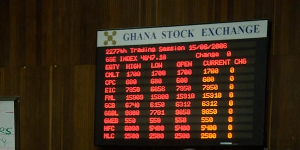








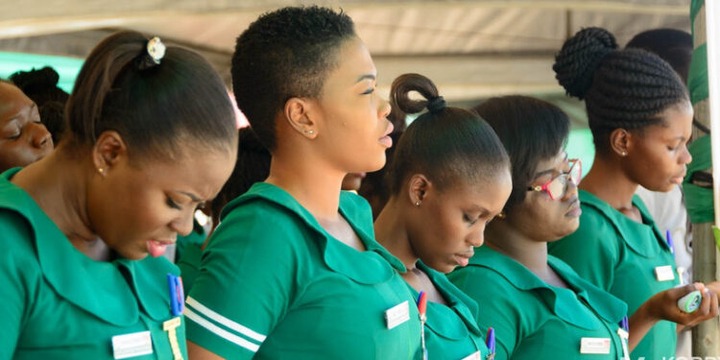








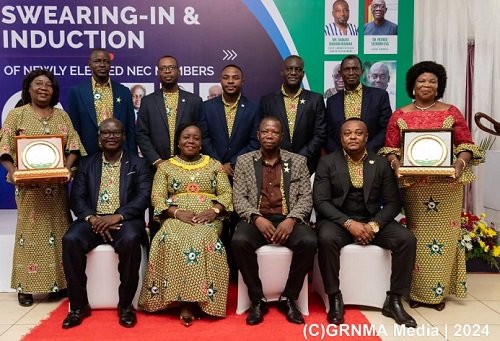



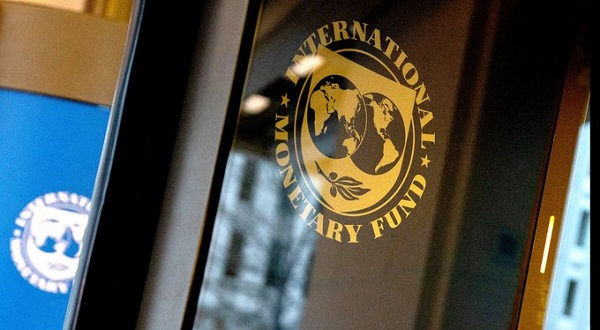










 The gathering brought together consumers for a series of unique “Share A Coke” experiences, complemented by a variety of exciting activities. Throughout the day, guests created lasting memories and new connections, sharing personalised Coca-Cola cans and bottles.
The gathering brought together consumers for a series of unique “Share A Coke” experiences, complemented by a variety of exciting activities. Throughout the day, guests created lasting memories and new connections, sharing personalised Coca-Cola cans and bottles.